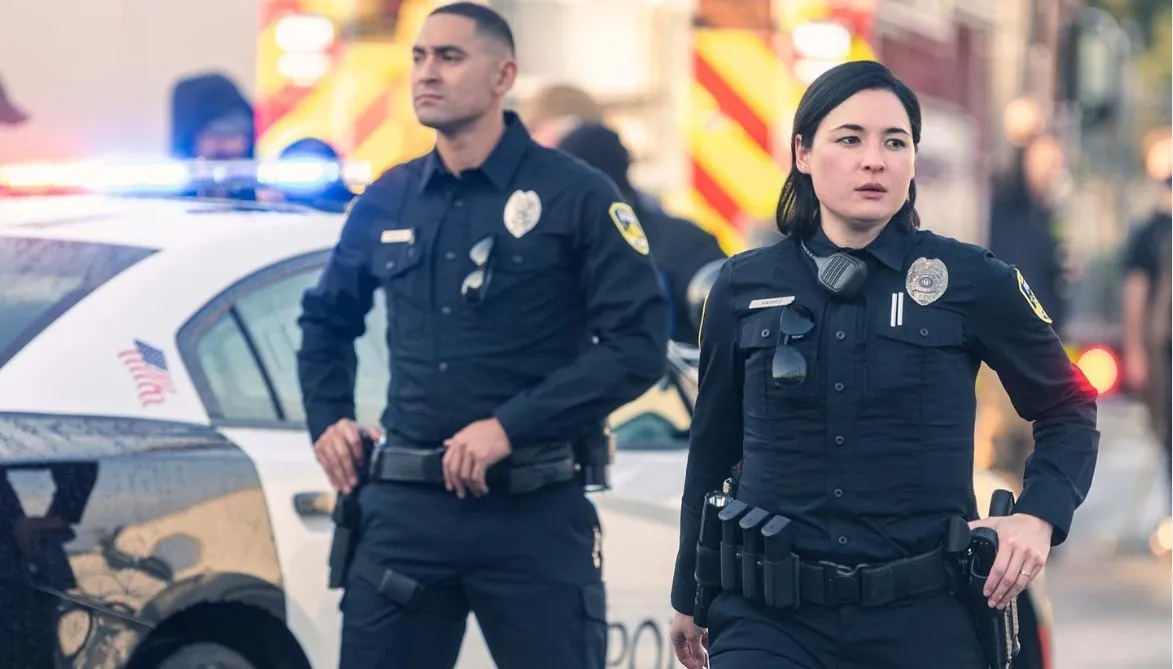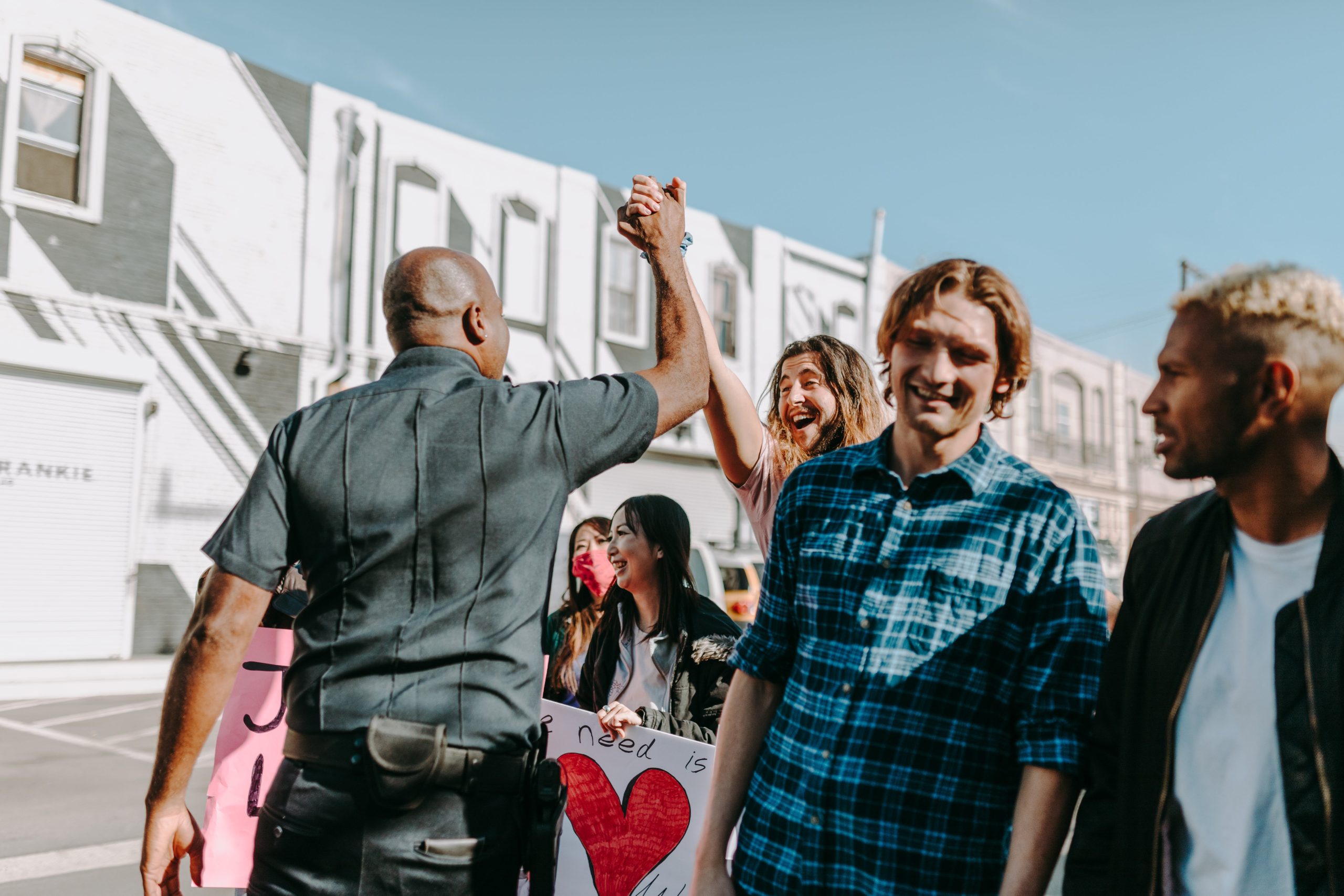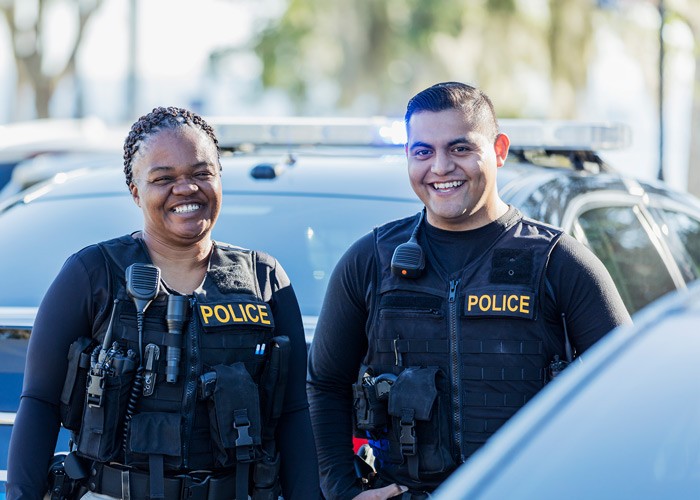How to Bridge the Gap Between Officer Engagement and Leadership in Law Enforcement
Law enforcement leaders face immense challenges in building trust, boosting morale, and engaging officers in an age of heightened public scrutiny. But a widening disconnect between the rank-and-file and agency brass can exacerbate these issues. Closing this engagement gap is crucial for empowering officers and enabling effective policing.
The question then becomes: how can leaders and officers find common ground? Implementing anonymous surveys is one of the most powerful yet underutilized solutions available. Regular officer feedback provides insights to inform tangible improvements that unite agencies around shared goals.
In this post, we’ll explore the benefits of consistent surveying to reconnect leaders and officers. We’ll also discuss how a purpose-built solution like Officer Survey makes elevating engagement simple and affordable. Let’s bridge this critical gap together to lift up law enforcement from within.
Signs of a Growing Rift
Policing has always involved inherent tensions between management and frontline personnel. But concern is mounting that this split is growing into a chasm with serious consequences.
In a 2019 study, nearly 60% of officers reported feeling not at all connected to their agency’s command staff. Over 70% felt leadership does not value officers’ input on policy and procedure changes that impact their jobs.
Disengaged officers lose motivation to police proactively, make discretionary effort, or embrace reform. Performance suffers as talent leaves for greener pastures. Officers may distrust leaders viewed as out of touch with street realities.
Leadership often relies on filtered information that sanitizes problems percolating below the surface. They may underestimate brewing issues and officer frustrations until it’s too late.
These dynamics strain agencies’ ability to meet community expectations. Public trust crumbles as officers withdraw and grow cynical. Everyone suffers without collaboration between leaders and the rank-and-file.
Restoring Control Through Consistent Surveys
While alarming, these trends can be reversed. The key is frequent, anonymous surveys that give leaders an unfiltered view into officers’ needs and perspectives. Officers regain a constructive voice to share their challenges without individual risk.
Consulting officers regularly shows leadership’s sincerity in understanding realities on the street. Officers know their leaders truly care about their wellbeing and input when it is sought frequently and acted upon. Morale, trust, and unity grow.
Short pulse surveys provide real-time barometers on emerging issues. Annual surveys dig into root causes and larger trends. Both are essential to monitor, diagnose and treat engagement barriers before they metastasize.
Leaders can course correct early when data reveals policies, training, or messaging out of sync with officer sentiment. On positive issues, surveys help leaders identify best practices to continue leveraging.
Restoring Humanness Through Anonymity
Anonymity is the linchpin that unlocks candor. Officers can speak freely about sensitive topics without individual exposure. Removing names, badges, and fear of reprisal yields unprecedented authenticity.
Online survey delivery guarantees anonymity for respondents. Data is aggregated at the force level before leaders see results. Leaders should remind officers frequently that the goal is pooling collective knowledge, not policing critics.
Anonymity also reduces bias by neutralizing rank, tenure, and personality factors. Input is judged on merit alone. Surfacing constructive criticism demonstrates courage, not insubordination.
Over time, officers see leadership sincerely values unfiltered feedback. Anonymity protects their professional identities but empowers their voices to enact positive change.
Removing Barriers to Participation
Another key is removing typical survey participation barriers with intuitive technology. Surveys must be convenient, quick and accessible from any device to achieve robust response rates.
Lengthy paper surveys disrupt operations and are easily shelved as “non-essential.” But user-friendly apps and online links bring surveys directly to officers on their chosen device. Responding takes just minutes during routine technology use.
Scheduled computer lab time for surveys is eliminated. Officers can provide input on duty or off duty without manual data entry afterwards. Management is relieved of administrative hassles.
Higher participation exposes more issues and gathers more solutions from the collective. Leaders gain a comprehensive understanding of unit-level nuances plus force-wide trends.
With minimal time investment but maximum impact, response rates skyrocket. Streamlined access gives every officer an equal chance to contribute across locations and shifts.
Uniting Around Common Purpose
Surveys are just one starting point, however. The feedback they provide is only useful if acted upon in good faith. Leaders must close the loop by implementing substantive changes.
When officers see action taken based on aggregated recommendations, it builds enormous trust. Follow-through demonstrates that leadership is fully committed to strengthening policies, training, equipment, and culture based on officer realities.
But leaders should also communicate the positive results and improvements achieved to the whole force. Show that officer feedback guides better resourcing, amenities, community relations and more. Publicly thank participating officers for the invaluable insights that propel progress.
This transparency and accountability to frontline personnel breeds incredible unity and restores common purpose. Officers are re-energized knowing their leaders actively champion their needs and value their input.
The Power of Packaged Expertise
Not all agencies have the internal expertise or staff bandwidth, however, to administer frequent surveys in a methodologically rigorous fashion. Many also prefer an external partner to ensure anonymity for respondents.
Officer Survey offers a turnkey solution to make officer engagement surveys simple, convenient, and affordable. The secure online platform is purpose-built for law enforcement and requires no IT support.
Setup takes minutes to start surveying officers regularly with research-backed questions designed specifically for policing. Intuitive dashboards transform feedback into actionable insights. Results are anonymized and confidential. Leaders get invaluable data and guidance to diagnose issues, unite agencies around solutions, and ultimately boost performance.
There are no long-term commitments required. Agencies get access to leading tools and best practices in officer engagement surveying without the challenges of managing everything internally.
The Time to Act is Now
With public scrutiny shining a spotlight on policing, there has never been a more crucial time for law enforcement leaders to reconnect with their officers. Frequent anonymous surveys are the most powerful way to bridge engagement gaps.
Officer Survey makes elevating workforce engagement simple, convenient, and affordable. Don’t miss this opportunity to bridge the gaps separating your agency’s leaders and personnel. With commitment and courage, we can lift policing to new heights.






